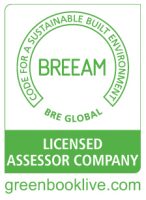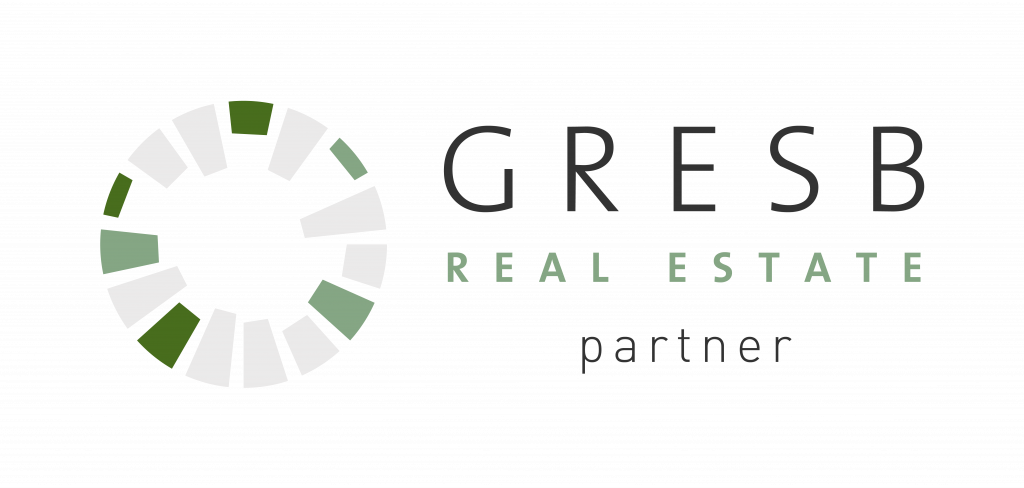Carbon offsetting is a reduction of emissions of carbon dioxide (CO2) or other greenhouses gases (GHG) made in order to compensate for emissions made elsewhere (e.g. embodied carbon or operational carbon, for these definitions see our knowledge centre webpage on net-zero carbon).
Offsetting can occur through a variety of different processes and it should only be seen as a “last resort” employed by companies to “negate” the carbon emissions that are either impossible or too costly to remove. Offsets can be broken down into three main categories:
- Reduction: directly reducing emissions through your own actions, for example via the use of renewable source of energy to meet demand (e.g. exploiting solar photovoltaics or subscribing to “green” tariffs or “power purchase agreements”) or reducing energy demand (e.g. installing double glazing).
- Avoidance: indirectly reducing emissions by supporting other organisations dedicated to reducing carbon emissions (e.g. donating to a climate change charity).
- Removals: directly/indirectly reducing emissions by supporting the removal of already-emitted carbon dioxide from the atmosphere. Carbon dioxide removal (CDR) technologies are also called negative emissions technologies. The process can occur either naturally (i.e. working to protect and expand natural ecosystems that absorb CO2 from the environment e.g. by planting trees) or mechanically (i.e. using technologies that capture and store carbon from the environment e.g. through extraction plants).
The “reduction” actions address the core issue of climate change and provide long-term cost cutting opportunities. Let’s analyse some of the pros and cons of the other two measures then.
Avoidance
-
Carbon Credits. These are purchased by organisations as a way of passing off excess emissions to other organisations that dedicated to tackling climate change. Usually we’re talking about Certified Emissions Reductions (compliance offsets that are verified under the rules of the Kyoto Protocol) and voluntary Verified Emissions Reductions (offsets exchanged in over-the-counter market that has been verified outside of the Kyoto Protocol, such as the Gold Standard Verified Emissions Reduction (GS VER) launched by WWF-UK in May 2006 as a simplified version of the CDM Golds Standard.
-
Reducing emissions from deforestation and forest degradation (REDD). This scheme allows companies to purchase offsets that combats deforestation by protecting existing forests. REDD schemes help forest owners calculate the carbon value of their forests, according to predefined criteria and sets out a system of rules by which forest owners can be compensated for avoiding deforestation.
-
DIY Offsets. These are unofficial projects that have a good chance of cutting GHG emissions ,such as supporting political or educational programs that contribute to the reduction of carbon emissions. They avoid the inefficiencies of official offsetting, however they cannot be clearly displayed by investors, as they don’t lead to official certification, and are often viewed as lesser, as they don’t promise to cut a quantifiable amount of emissions.
Nature-based REMOVAL solutions
- Reforestation (i.e. planting trees in places where trees have previously been), afforestation (i.e. planting trees where there had been no previous tree cover) and improved forest management. As simple as the process of either directly planting trees or purchasing carbon credits for the planting of trees in order to capture CO2 from the atmosphere. Although this offers a cheap and natural solution to absorb carbon dioxide from the atmosphere, it also presents issues about its scalability, long-tern sustainability (trees need to be maintained for tens, if not hundreds, of years to sequester the equivalent of burning fossil fuels) and the negative effects of afforestation projects on the local population (e.g. displacement of indigenous communities)
- Soil carbon sequestration (i.e. agricultural management practices that increase the amount of carbon taken in from the atmosphere by soils).
- Biochar (i.e. growing plants which absorb carbon, heating them in the absence of oxygen to make charcoal and adding this to the soil as a method of sequestering carbon from the atmosphere and storing it below ground).
- Blue carbon (i.e. expanding ocean and coastal ecosystems that sequester carbon from the environment e.g. mangroves, seagrass meadows and saltmarshes).
- Enhanced weathering (i.e. spreading finely ground silicate particles – e.g. basalt – onto land or sea to speed up the chemical reactions between rocks, water and air, which remove CO2 from the atmosphere and store it permanently in solid carbonate minerals or ocean alkalinity).
Mechanical REMOVAL solutions
Technologies that remove carbon dioxide from the air (e.g. direct air capture, engineered carbon capture and storage, etc.) are still experimental and not scalable solutions: if implemented incorrectly these emerging systems, which are not cheap, can even cause emissions to increase rather than decrease!
- Bioenergy with carbon capture and storage (BECCS) – this involves burning plant biomass for energy and then trapping the CO2 that is produced. As biomass is a renewable resource, combusting biomass is considered “carbon neutral“. When the CO2 that is produced is captured, this results in negative CO2 emissions overall.
- Direct Air Capture (DAC) – Using chemical reactions to separate and capture CO2 from the air. When air moves over these chemicals, they selectively react with and remove CO2, allowing the other components of air to pass through.
Any CO2 captured by these technological solutions needs to be stored. Geological storage (pumping carbon into rock formations underground) and mineral carbonation (reacting carbon with compounds such as magnesium oxide and calcium oxide to create stable rock compounds) may be feasible options for CO2 storage.









